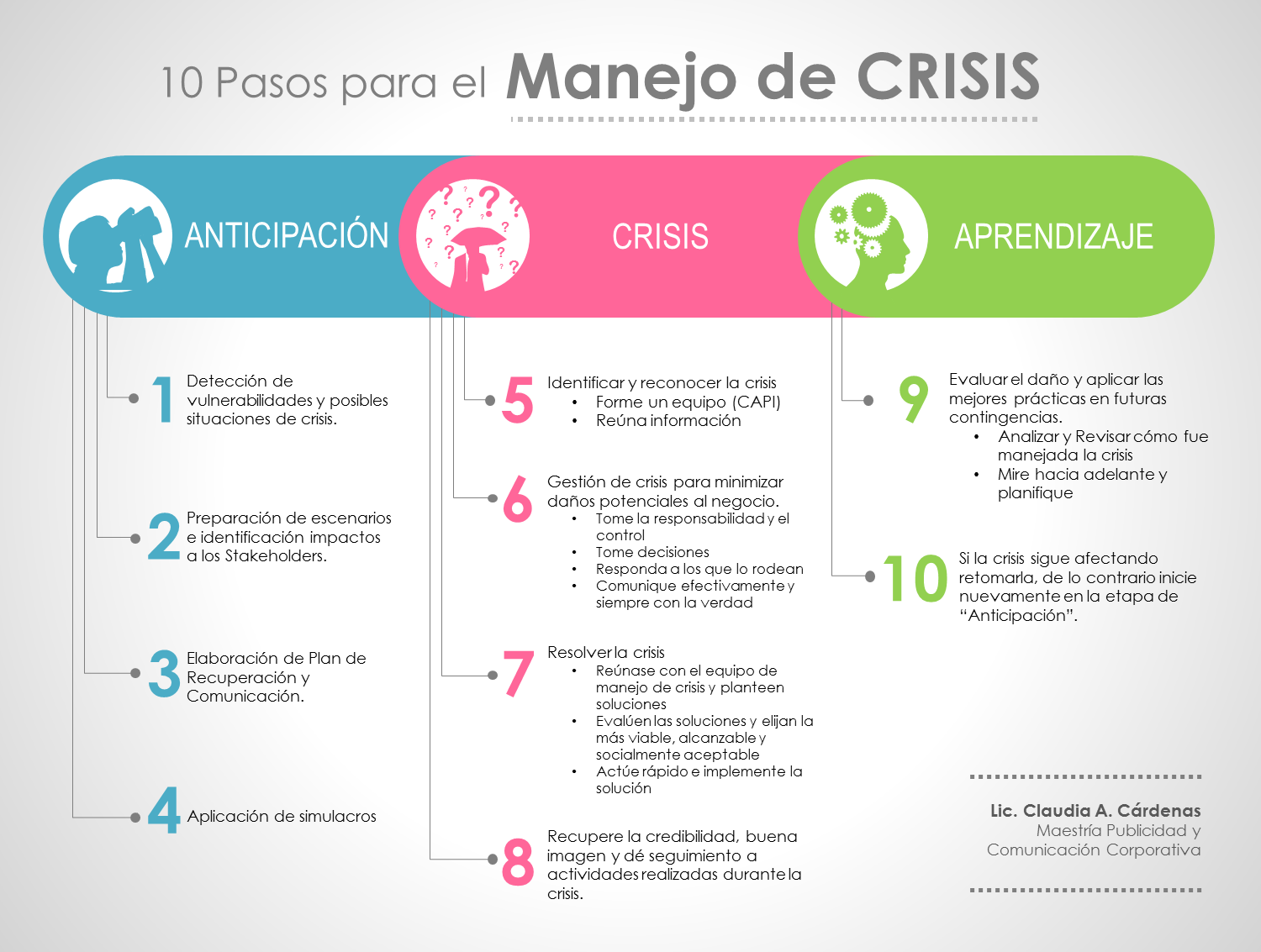Navigating the Stages of an Emotional Crisis
Ever felt like you're drowning in a sea of emotions? Like the world is crashing down and you can't find your footing? You're not alone. Many people experience periods of intense emotional turmoil, often referred to as emotional crises. Understanding the different stages of an emotional crisis, or what we might call the emotional crisis cycle, is the first step towards regaining control and finding your way back to calmer waters.
An emotional crisis can be triggered by a variety of events, from a significant loss or trauma to a buildup of smaller stressors. It's important to recognize that these crises are not a sign of weakness, but a natural human response to overwhelming circumstances. By understanding the typical progression of an emotional crisis, we can better equip ourselves to navigate these challenging periods and emerge stronger on the other side.
While the experience of an emotional crisis is highly individual, there are common threads that weave through most journeys. These commonalities allow us to identify stages within the emotional crisis cycle. These phases often include an initial shock or disbelief, followed by increasing emotional intensity, a period of adjustment and acceptance, and finally, integration and healing. Recognizing where you are in this cycle can provide valuable insight and help you choose the most effective coping strategies.
Think of it like climbing a mountain. There are different phases of the ascent, each with its own unique challenges and rewards. Understanding the terrain ahead helps you prepare, pace yourself, and ultimately reach the summit. Similarly, navigating the stages of an emotional crisis is about understanding the emotional landscape, preparing for the challenges, and trusting in your ability to move through the process.
The journey through an emotional crisis is rarely linear. There may be setbacks, periods of plateauing, and moments of intense emotional flooding. It's important to be patient with yourself and allow for the natural ebb and flow of the process. Just as a mountain climber may need to rest and regroup, so too might you need to pause, reflect, and gather your strength before continuing your journey toward emotional well-being.
The origin of understanding emotional crisis stages is rooted in psychology and observing human behavior in response to stressful events. By studying these responses, professionals have been able to identify patterns and develop frameworks for understanding the process. This knowledge is crucial for providing effective support and developing coping strategies.
One key aspect of the emotional crisis cycle is understanding the impact of each stage. For example, the initial shock phase might involve denial or numbness, making it difficult to process information or make decisions. The subsequent phase of increasing emotional intensity can manifest as anxiety, anger, sadness, or fear. Recognizing these typical responses can help individuals understand that their reactions are normal and expected given the circumstances.
One benefit of understanding these phases is the ability to anticipate challenges and develop coping mechanisms. For example, if you know that the second phase often involves heightened anxiety, you can prepare by practicing relaxation techniques or establishing a support network.
Another benefit is improved self-awareness. By recognizing the different stages, you can better identify your own emotional responses and track your progress through the crisis. This awareness can empower you to make informed choices about your self-care and seek appropriate support when needed.
A third benefit is increased resilience. By successfully navigating an emotional crisis, you develop coping skills and build emotional strength that will serve you well in future challenges. This experience can transform a difficult period into an opportunity for growth and personal development.
Advantages and Disadvantages of Understanding the Stages
| Advantages | Disadvantages |
|---|---|
| Improved self-awareness | Potential for over-analyzing emotions |
| Increased resilience | May not perfectly fit every individual's experience |
| Ability to anticipate challenges and develop coping mechanisms | Risk of self-diagnosis and misinterpretation |
A step-by-step guide for navigating emotional crises could involve: 1. Acknowledging and validating your emotions. 2. Seeking support from trusted individuals or professionals. 3. Engaging in self-care activities like exercise and mindfulness. 4. Developing healthy coping mechanisms. 5. Reflecting on the experience and integrating lessons learned.
Frequently Asked Questions: 1. What is an emotional crisis? 2. What triggers an emotional crisis? 3. How long does an emotional crisis last? 4. What are the signs of an emotional crisis? 5. How can I help someone going through an emotional crisis? 6. What resources are available for emotional crisis support? 7. How can I prevent future emotional crises? 8. What is the difference between an emotional crisis and a mental health disorder?
In conclusion, understanding the stages of an emotional crisis is like having a roadmap for navigating challenging emotional terrain. It allows you to anticipate challenges, develop coping strategies, and ultimately emerge stronger and more resilient. While the journey may be difficult, remember that you are not alone. By seeking support, practicing self-care, and trusting in your ability to heal, you can navigate these difficult periods and find your way back to emotional well-being. Remember the benefits of understanding this process: improved self-awareness, increased resilience, and the ability to anticipate future challenges. Take the first step towards healing by acknowledging your emotions and seeking support. You have the strength within you to overcome this challenge and emerge stronger on the other side.
Unlocking social media branding pngs for facebook instagram and twitter
Unlock your inner wordsmith the ultimate guide to challenging word searches
Conquer your week the power of motivational phrases














